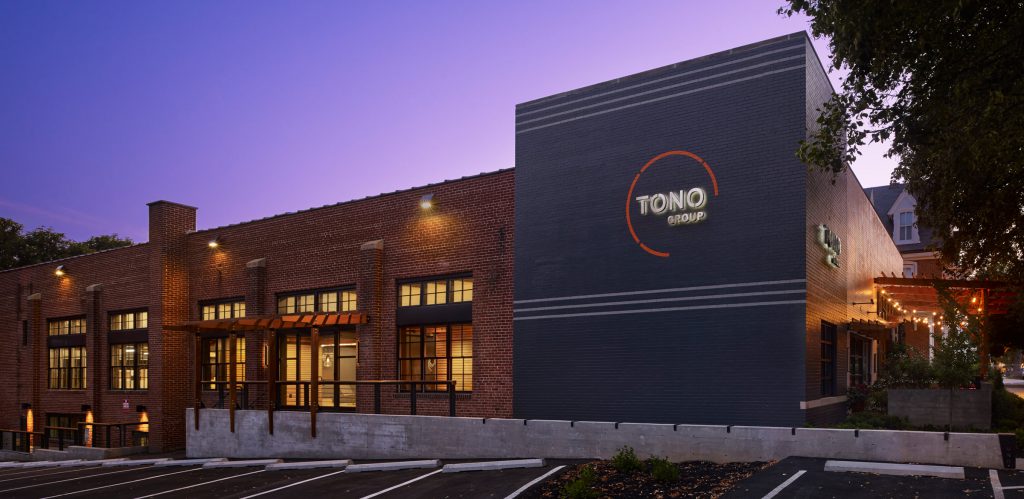
THE IMPORTANCE OF CONSIDERING SOUND IN ARCHITECTURAL DESIGN
According to sound artist and designer, Yuri Suzuki, people have become even more sensitive to noise disruption during the coronavirus pandemic. As more of us are spending time at home day-to-day, we’re becoming acutely aware of all of the potentially disruptive sounds that surround us–everything from the neighborhood dog barking, to the sound of the washer and dryer running, to the echoes bouncing around the hallways in our homes. These sounds are especially apparent during video conference calls, when the acoustics of a room can easily hamper communication.
Indeed, sound design is incredibly important to the utility of built space. Too much noise in hospitals, classrooms, offices, and even city blocks can directly affect the quality of life of a place’s users. To more deeply explore the impact of sound in design, we’ve compiled a series of videos from sound experts, designers, and artists who study sound and understand its importance as the “invisible architecture” of a space. All agree that well-designed spaces must sound as good they it look.
Sound Consultant Julian Treasure discusses the cost of poor sound design, stressing the importance of designing buildings for the ears, as well as the eyes.
“Sound affects us physiologically, psychologically, cognitively and behaviorally all the time. The sound around us is affecting us even though we’re not conscious of it.”
Artist Bernhard Leitner discusses how sound can be a design tool in and of itself.
“Sound is a building material.”
Senior partner at London-based Foster + Partners, Michael Jones, along with Meyer Sound founders John and Helen Meyer, discuss incorporating sound into early architectural concepts and technological advancements in sound design.
“… an architect’s job is about dealing with people’s senses.”
At TONO Group, we consider the practical uses of space during every phase of project delivery. We offer ideas on how to improve spaces for every day user experience, accounting for the aesthetic qualities a client is requesting, but also examining the unseen elements–like sound quality–that can potentially disrupt or detract from the final design.
The quality of auditory experience in a building can lead to its success or failure. For example, a successful classroom experience may be measured by clearly distinguishable speech whereby in another setting, it might be achieved in a healthcare environment by restricting confidential conversations from traveling between spaces.
To learn more about how our team incorporates sound into architectural and interior design, contact us.

